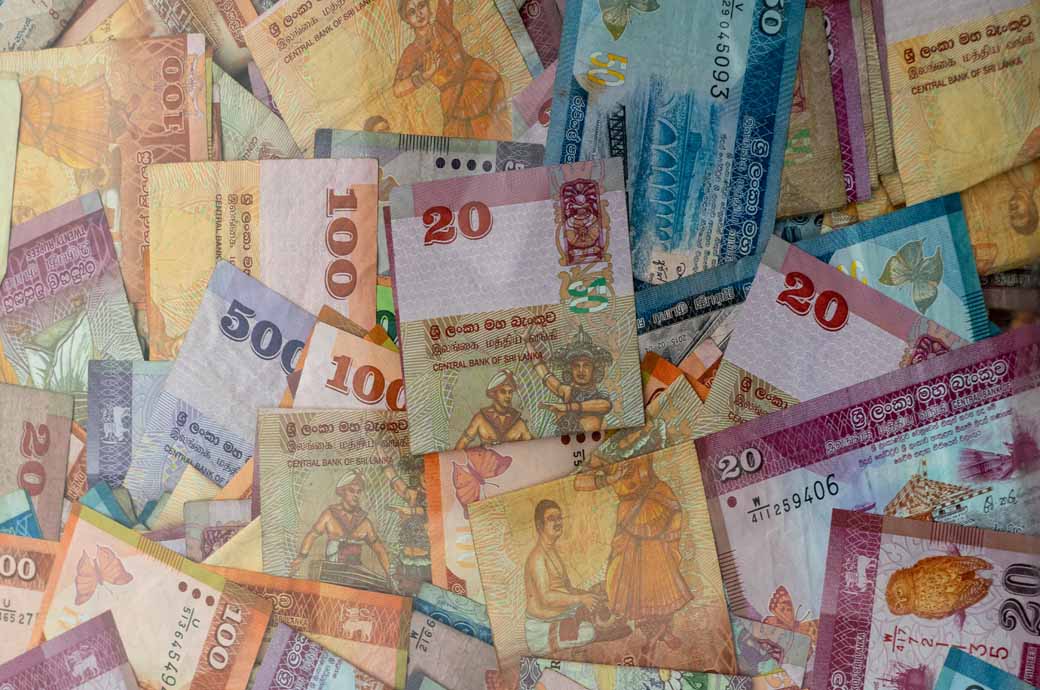
The decision was taken at the first monetary policy review by the board under the Central Bank of Sri Lanka Act, No. 16 of 2023.
The board expects that the decision, along with the significant easing of monetary policy done earlier, would accelerate the downward adjustment in market interest rates, particularly lending rates.
The significant deceleration of inflation has helped ease inflation expectations notably. The central bank noted in a release.
Colombo consumer price index (CCPI)-based headline inflation decelerated year on year (YoY) significantly below the target to 1.3 per cent in September this year, driven by declines in both food and non-food inflation.
However, this disinflation process is expected to turnaround from September, with the dissipating impact of the favourable base, and converge towards the targeted level of inflation.
Domestic economic activity is expected to rebound gradually during the second half of this year and sustain the recovery over the medium term.
The country’s economy is estimated to have contracted by 3.1 per cent YoY in the second quarter this year. It projected to record a positive growth YoY in the latter half of 2023, supported by a broad-based expansion in all major economic sectors.
The external sector is expected to remain resilient in the period ahead, the central bank observed.
During the eight months ending in August 2023, the trade deficit decreased notably, with a significant decrease in merchandise imports due to lower demand and import restrictions, and a relatively low decline in merchandise exports.
Fibre2Fashion News Desk (DS)